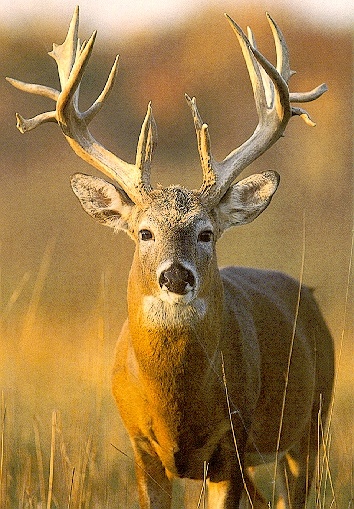|
| Query: deer | Result: 1309th of 1429 | |
[Sj scans - Critteria 1] Deer
| Subject: | [Sj scans - Critteria 1] Deer
| |

| Resolution: 354x509
File Size: 111273 Bytes
Upload Date: 2005:04:16 03:50:16
|
[Sj scans - Critteria 1] Deer |
^o^
Animal Pictures Archive for smart phones
^o^
|
|